Telesat goes public in a boost for LEO constellation funding talks
Friday, 19 November 2021 19:04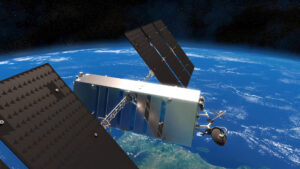
Satellite operator Telesat started trading as a public company Nov. 19 in the U.S. and Canada, boosting talks with export-credit agencies about funding the rest of its $5 billion Lightspeed broadband constellation.
French satellite startup Kinéis gets regulatory nod for U.S. expansion
Friday, 19 November 2021 18:48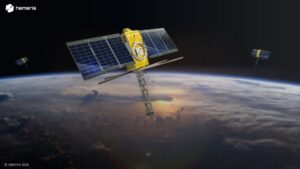
French startup Kinéis secured regulatory approval Nov. 18 to connect internet of things devices in the United States to its planned nanosatellite constellation.
LightSail 2 has been flying for 30 months now, paving the way for future solar sail missions
Friday, 19 November 2021 14:20
The Ariane 6 countdown: Q&A with ArianeGroup civil program manager Franck Huiban
Friday, 19 November 2021 13:51
SpaceNews spoke with Franck Huiban, who leads ArianeGroup’s Ariane 6 program, about how it is adapting Ariane 6 for this fast-evolving market as the pandemic throws a wrench into the works.
Japanese space tourists arrive at launch site ahead of ISS trip
Friday, 19 November 2021 13:41
Japanese billionaire Yusaku Maezawa arrived at the Baikonur cosmodrome in Kazakhstan on Friday for training ahead of his flight to the International Space Station on a Russian-operated spacecraft.
Maezawa's mission—set for departure on December 8—will be the first to take space tourists to the ISS in over a decade.
The 45-year-old tycoon is the founder of Japan's largest online fashion mall and the country's 30th richest man, according to Forbes.
He will travel to the ISS for a 12-day mission with his assistant Yozo Hirano where Maezawa plans to document his journey for his YouTube channel.
They will travel to the orbital station in a Soyuz MS-20 spacecraft with Russian cosmonaut Alexander Misurkin.
The trio arrived at the Russia-leased cosmodrome on Friday "to complete pre-launch training", said Russia's space agency Roscosmos which has organised the flight together with US company Space Adventures.
Maezawa will be the first space tourist to travel to the ISS with Roscosmos since Canadian Guy Laliberte, co-founder of Cirque du Soleil, in 2009.
Maezawa's mission rounds off a year that has seen several space journeys completed by non-professional astronauts and more players emerging in the market.
Rocky roads through Lanzarote
Friday, 19 November 2021 13:36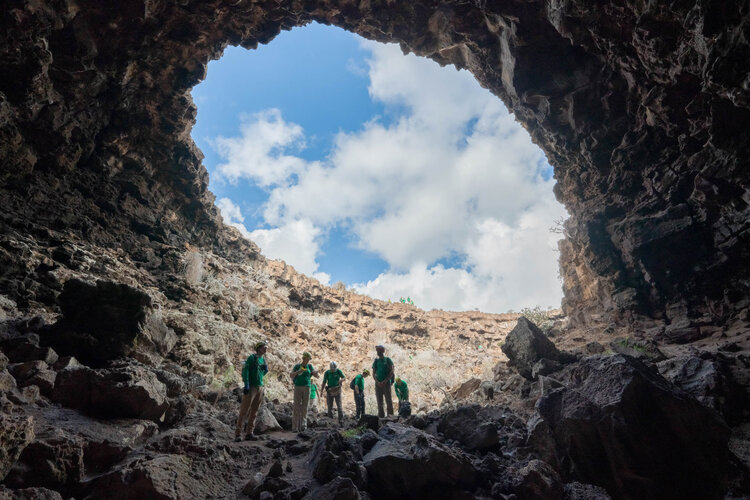 Image:
Image:
Take away the clouds, bulk up the humans with suits and add an orange-red filter and this could be an image from a future mission to Mars.
The actual site, the Corona lava tube in Lanzarote, Spain, is closer than one might think to the Red Planet.
That’s why participants of ESA’s Pangaea course came here this week for the third session of their planetary geology training.
ESA astronaut Andreas Mogensen, ESA engineer Robin Eccleston and NASA astronaut Kathleen Rubins are this year’s students learning from geologists how to best explore the Moon and Mars right here on Earth.
Before ending up in
Week in images: 15 - 19 November 2021
Friday, 19 November 2021 13:10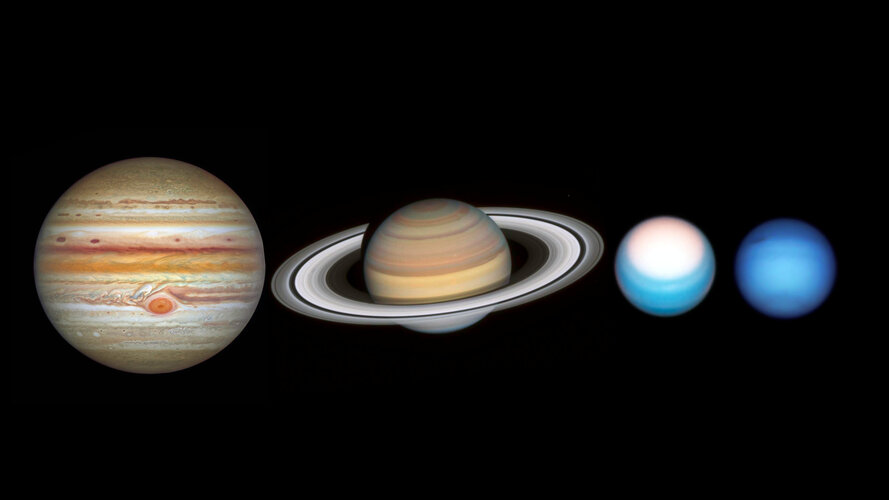
Week in images: 15 - 19 November 2021
Discover our week through the lens
Japan, Australia condemn Russia for ‘irresponsible’ anti-satellite missile test
Friday, 19 November 2021 12:47
Japan and Australia have joined international condemnation of Russia for testing an anti-satellite weapon Nov. 15 that created over 1,500 pieces of debris in low Earth orbit.
IMM21: inflight call with ESA astronaut Matthias Maurer
Friday, 19 November 2021 12:30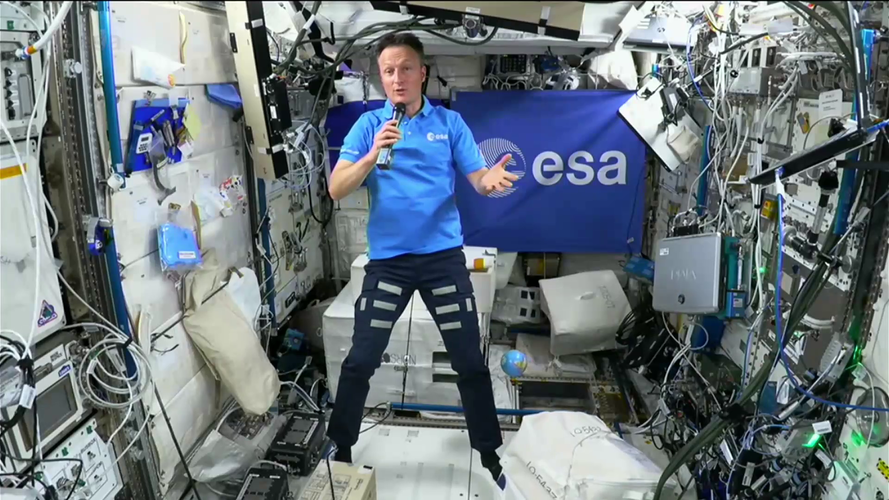 Video:
00:14:30
Video:
00:14:30
ESA astronaut Matthias Maurer talks to ESA ministers in charge of space from the International Space Station.
Decisions from the Intermediate Ministerial Meeting 2021
Friday, 19 November 2021 12:00Press Release N° 39–2021
Government ministers in charge of space activities in ESA’s Member States today met at an Intermediate Ministerial Meeting held in Matosinhos, Portugal.
The Council of Ministers unanimously adopted a Resolution to accelerate the use of space in Europe (the “Matosinhos manifesto”) to tackle the urgent and unprecedented societal, economic and security challenges faced by Europe and its citizens.
Court ruling describes rejection of Blue Origin HLS lawsuit
Friday, 19 November 2021 11:15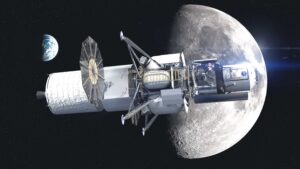
A federal judge rejected Blue Origin’s lawsuit again NASA’s Human Landing System procurement on nearly every ground, even after the company offered to further increase its contribution to the program.
Sierra Space raises $1.4 billion
Friday, 19 November 2021 09:35
Sierra Space, the space subsidiary of Sierra Nevada Corporation, has raised $1.4 billion in a Series A round that values the company at $4.5 billion.
Plus Ultra aims to provide communications infrastructure for incoming wave of moon missions
Friday, 19 November 2021 09:08
Spanish-German company Plus Ultra Space Outposts is making moves to be the provider for essential communications and navigation infrastructure for upcoming moon missions.
Rocket Lab launches 107th satellite; Tests helicopter recovery operations
Friday, 19 November 2021 08:02 Rocket Lab has successfully deployed two satellites to orbit for real-time geospatial monitoring company BlackSky. Rocket Lab also successfully introduced helicopter operations to a recovery mission for the first time, using a helicopter to observe and track the Electron rocket's first stage as it descended to Earth under parachute as part of the company's program to make Electron the world's fi
Rocket Lab has successfully deployed two satellites to orbit for real-time geospatial monitoring company BlackSky. Rocket Lab also successfully introduced helicopter operations to a recovery mission for the first time, using a helicopter to observe and track the Electron rocket's first stage as it descended to Earth under parachute as part of the company's program to make Electron the world's fi Crew operations aboard Space Station return to normal
Friday, 19 November 2021 08:02 NASA and U.S. Space Command continue to monitor the debris cloud created by a recent Russian anti-satellite test. The International Space Station and crew members are safe and have resumed normal operations.
The largest risk from the debris was in the first 24 hours and telemetry from the space station indicates no issues during that time. About 1:20 a.m. EST today, radial hatches extendin
NASA and U.S. Space Command continue to monitor the debris cloud created by a recent Russian anti-satellite test. The International Space Station and crew members are safe and have resumed normal operations.
The largest risk from the debris was in the first 24 hours and telemetry from the space station indicates no issues during that time. About 1:20 a.m. EST today, radial hatches extendin 
